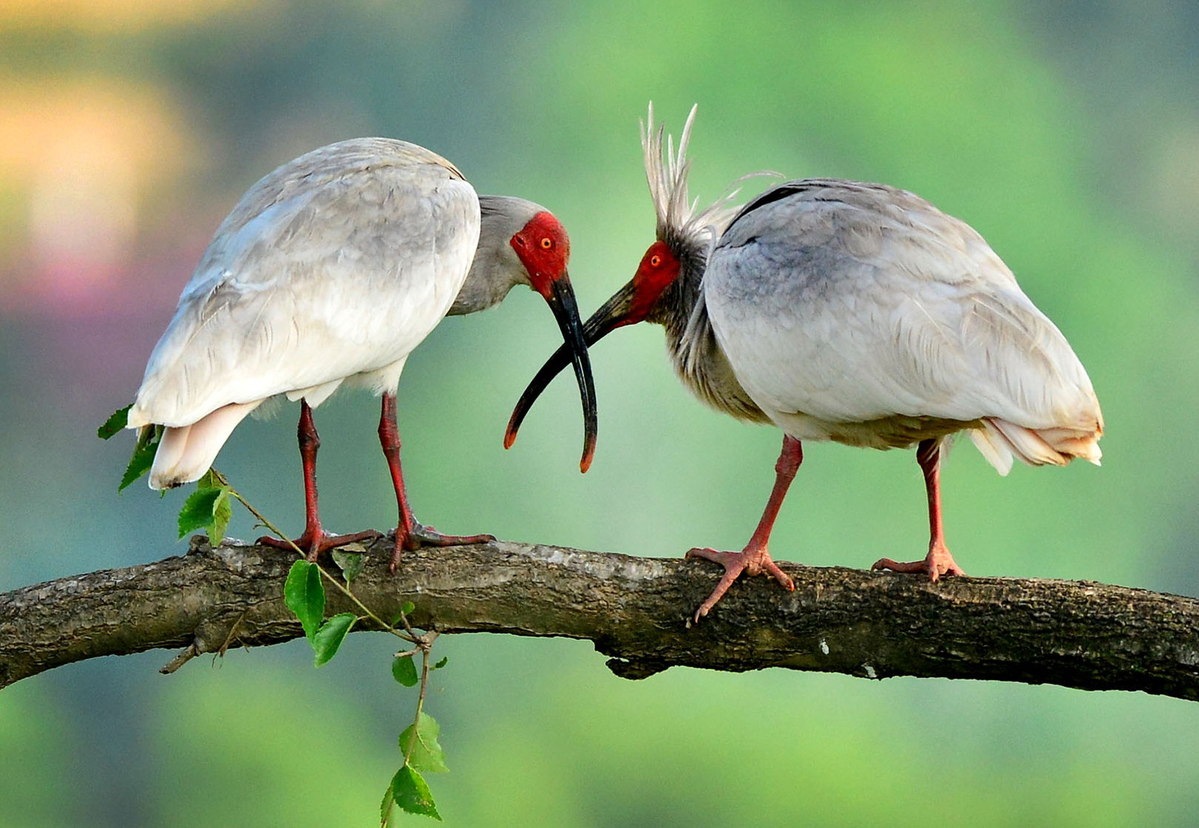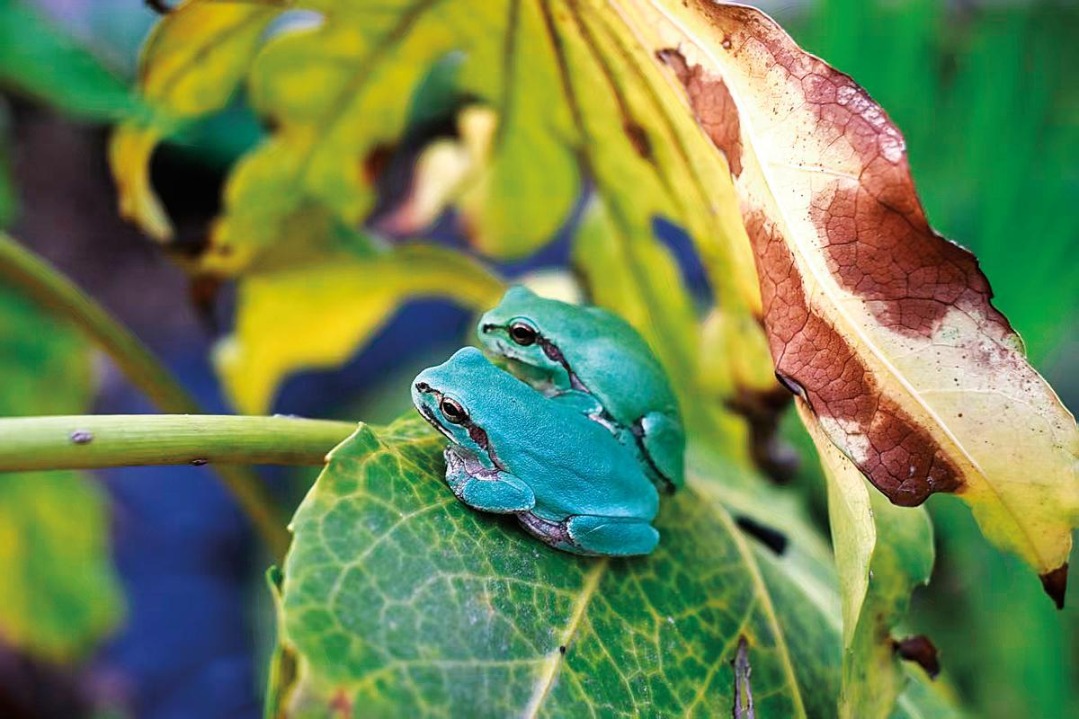Endangered birds begin to rebuild populations


Thanks to resolute protection efforts, several of China's endangered birds have seen significant population growth over the past decades, the National Forestry and Grassland Administration revealed on Tuesday.
The crested ibis, known as "the oriental gem" and once thought to be extinct as a result of human activities such as urbanization and pollution, has seen its population boom from seven in 1981 to more than 5,000 now.
Over the past 40 years, the number of black-faced spoonbill has grown from 1,000 to 4,000, while the population of Siberian cranes has climbed from 210 to 4,500, according to the administration.
This week marks the 40th anniversary of national Lovebird Week.
"Spring is a crucial season for the birds' reproduction. Large-scale migration also starts in spring. Forestry departments at all levels should strengthen their efforts on birds' protection," said Zhang Zhizhong, head of the administration's wildlife protection department.
Zhang said the administration will finalize related laws and regulations on wild bird protection, enhance supervision work and will not tolerate any illegal hunting or trading of wild birds.
China, home to 1,445 bird species, is one of the countries with the greatest diversity of bird life. A total of 394 are included in the country's top protection list.
Four of the world's nine major bird migration routes pass through China, the administration said. At least 90 percent of plover migrating in the East Asian-Australasian Flyway travel across eastern China and nearly all waterbirds in the Central Asian Flyway make stopovers near lakes in western China.
In February, the administration and the Ministry of Agriculture and Rural Affairs released an updated list of Wild Animals under State Priority Conservation. It was the first major change to the list since it was published in 1989.
Of the 980 animals on the new list, 517 were additions, including birds that are kept as pets for their beautiful songs or plumage.
Some of those birds are familiar ones such as the hwamei-a type of thrush-and Horsfield's bush lark, both of which can be seen in many pet markets, as well as seven subspecies of woodpeckers that used to be common sights in many regions.
"Those birds have seen a sharp population decline in past decades due to illegal hunting and climate change that resulted in the environmental degradation of their habitats," said Yang Xiaojun, a researcher from the Chinese Academy of Sciences' Kunming Institute of Zoology.
Although there has been no nationwide survey on the change in the population of those birds, Yang said sightings in the wild of the hwamei and Horsfield's bush lark had been much rarer during his field investigations in recent years.
In recent decades, China has also paid great attention to the protection of wetlands-vital feeding and breeding grounds for migratory birds. Over the past five years, wetlands in China have expanded by 202,600 hectares, according to the administration.
Between 2016 and 2020, a total of 201 national wetland parks were established.
- Swiss watchmakers celebrate birthday with Shanghai exhibition
- Documents dating to Japan's bacteriological war in China released in Guangzhou
- Former Namibian President: China's contributions will always be bigger than many other countries
- Government program launched to assist China's young job seekers
- Student dorm AC installations fast-tracked in Shandong
- Russian professor: SCO nations deliver more together




































